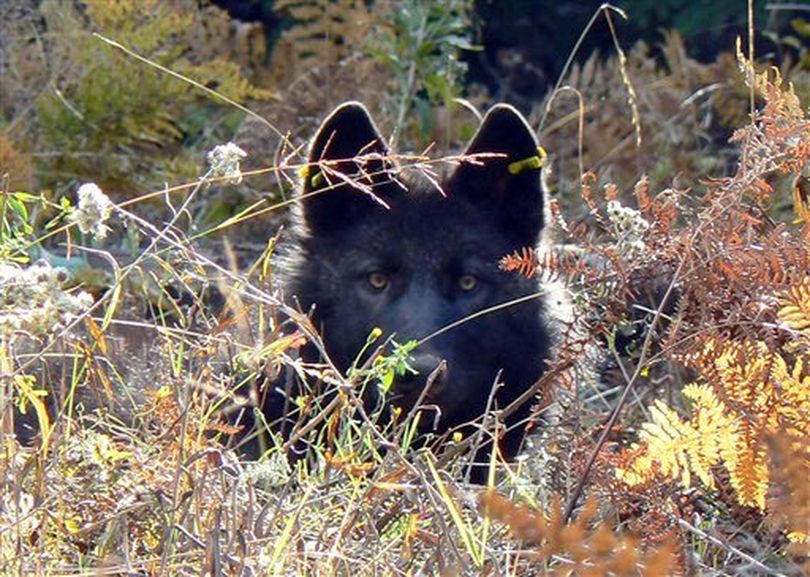Oregon wolf pack approaches limit for kill order

PREDATORS — The latest livestock attack by Oregon’s Snake River wolf pack puts it one bite away from a potential state kill order, according to Jeff Barnard of the Associated Press.
An Oregon Department of Fish and Wildlife report released Monday says the rancher who found a wounded cow Nov. 21 in the rugged country between the Imnaha and Snake rivers had taken required nonlethal steps to deter wolf attacks. Those steps included cleaning up old cow carcasses, putting out radio-activated alarm boxes and checking the cattle up to five times a day.
The report says bite marks on the cow’s hindquarters were characteristics of wolf attacks. The wounds were estimated to be a week or two old, and a GPS tracking collar put the pack in the area at that time.
New rules established under a legal settlement allow officials to consider a kill order after four qualifying attacks by a wolf pack in six months, the AP reports. The most recent attack makes three for the Snake River pack since October.
Unlike other states trying to control wolves in cattle country, Oregon has adopted specific rules requiring ranchers to take nonlethal steps to deter wolf attacks before the state can shoot a wolf for attacking livestock. The rules were the result of a legal settlement of a lawsuit from conservation groups.
Steve Pedery of Oregon Wild, one of plaintiffs, says the department is faithfully carrying out the new rules. He noted that the number of attacks by the Imnaha pack has gone down as nonlethal efforts have gone up. The Imnaha pack was Oregon’s first and had the most livestock kills last year when a decision to shoot two of its members was blocked by court order.
“I think the agency deserves a lot of credit for following the letter of the plan, putting out reports and making them public, which is a big change over where we were a couple years ago,” Pedery said.
Russ Morgan, wolf coordinator for the department, said more ranchers have bought into nonlethal control in the range of the Imnaha pack, where they have been dealing with wolves for a longer time. However, it is still uncertain whether the nonlethal controls are responsible, he said.
Morgan added that the Imnaha pack is made up of different wolves, except for the breeding pair, than when the pack was more actively attacking livestock. Young adults have moved on, and the pack has at least seven new pups.
Rancher Rod Childers, who negotiated the rules on behalf of the Oregon Cattlemen’s Association, said ranchers are still frustrated with the slow pace of the process, which can take a week or more to confirm a kill and determine whether it qualifies under the rules.
“People are learning it’s here and we’ve got to deal with it,” he said of the seven confirmed wolf packs in northeastern Oregon. “We just want it dealt with in a more timely manner than what it is.”
